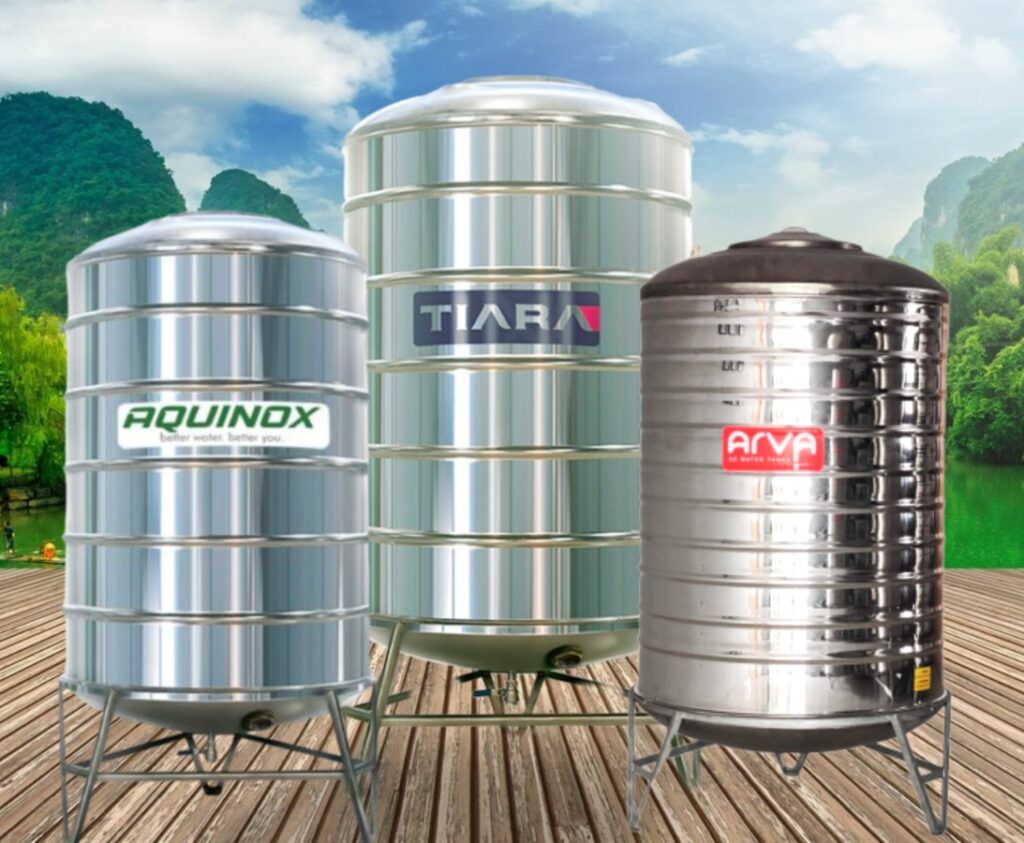
Rainwater harvesting is an age-old technique that has gained renewed importance in recent times due to the growing need for sustainable water management. This process involves collecting and storing rainwater for various uses, from irrigation to household activities. While there are many ways to store harvested rainwater, stainless steel tanks have emerged as a superior option due to their durability, safety, and efficiency. Here’s a detailed look at how rainwater harvesting works and why stainless steel tanks are the best choice.
The Basics of Rainwater Harvesting
Rainwater harvesting begins with capturing rain as it falls on rooftops, open spaces, or specially designed catchment areas. The collected water is then directed through a series of gutters and pipes into a storage system, where it can be filtered and stored for future use. Rainwater harvesting systems vary in complexity, ranging from simple barrel setups to advanced filtration and pumping mechanisms.
Collected rainwater can be used for various purposes, including:
- Irrigating gardens and crops.
- Flushing toilets.
- Washing outdoor areas like patios and vehicles.
- Providing potable water after proper filtration.
Why Choose Stainless Steel Tanks?
Stainless steel tanks have gained popularity as the ideal storage solution for harvested rainwater due to several key advantages:
Longevity and Durability
Stainless steel is renowned for its strength and resistance to wear and tear. Unlike plastic or concrete tanks, stainless steel tanks are resistant to cracking, corrosion, and UV radiation, ensuring they last for decades with minimal maintenance.
Hygienic Properties
The non-porous nature of stainless steel makes it a highly hygienic material. It prevents bacterial and algae growth, ensuring that the water remains clean and safe for use. This is particularly important for households using harvested rainwater for drinking or cooking purposes.
Environmental Benefits
Stainless steel tanks are eco-friendly because they are 100% recyclable. Unlike plastic tanks, which can degrade over time and release harmful chemicals, stainless steel offers a sustainable solution for long-term water storage.
Temperature Regulation
Stainless steel tanks have excellent temperature regulation properties. They prevent drastic temperature changes, which can affect the quality of stored water. This functionality is particularly beneficial in areas that experience severe weather conditions.
Aesthetic Appeal
For modern households, stainless steel tanks provide a sleek and polished appearance that complements contemporary architecture. They are not just functional but also visually appealing, blending seamlessly with their surroundings.

Optimizing Rainwater Harvesting with Stainless Steel Tanks
To maximize the benefits of rainwater harvesting using stainless steel tanks, consider the following tips:
Install Efficient Filters: Filters are crucial for removing debris, leaves, and other impurities before water enters the tank. This ensures the harvested water is clean and ready for use.
Regular Maintenance: Although stainless steel tanks require minimal upkeep, periodic checks for blockages in pipes and gutters are essential to maintain the system’s efficiency.
Proper Tank Placement: Place the tank in an area that is easily accessible for cleaning and maintenance. Ensure it is positioned to collect maximum water from the catchment system.
Use Pumps for Accessibility: Installing a pump system allows water to be distributed to different areas of the household or garden effortlessly.
Monitor Usage: Track your water usage to understand consumption patterns and identify areas for improvement.
Conclusion
Rainwater harvesting is a simple yet impactful way to conserve water and reduce dependency on municipal supplies. When paired with stainless steel tanks, the process becomes even more efficient and sustainable. These tanks ensure the longevity, safety, and quality of the stored water, making them an investment that pays off for years to come.
As water scarcity continues to be a pressing global issue, adopting rainwater harvesting practices can make a significant difference. Choosing stainless steel tanks for your system enhances the reliability and effectiveness of this essential conservation method. Together, we can take steps toward a greener, more sustainable future one drop at a time.


